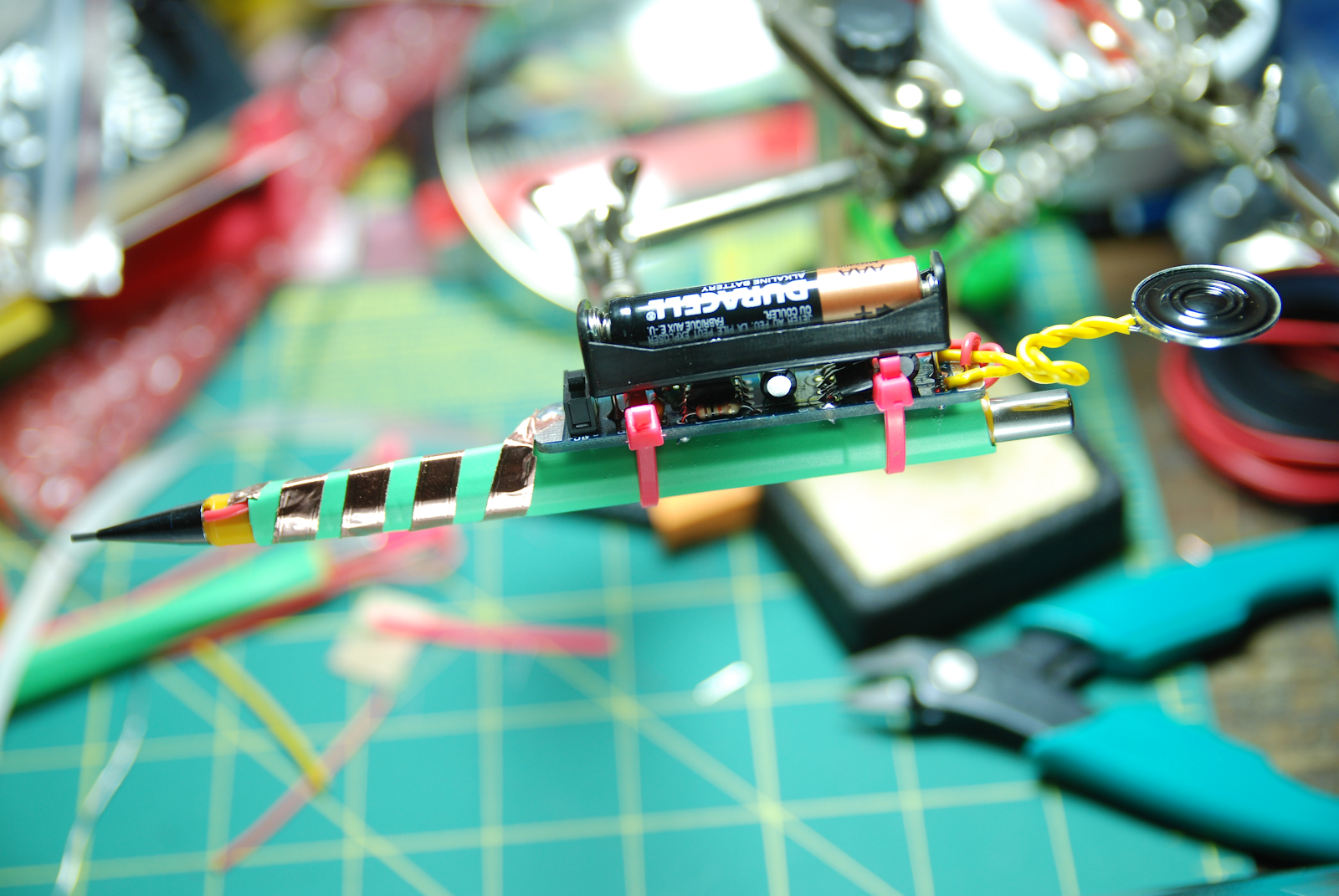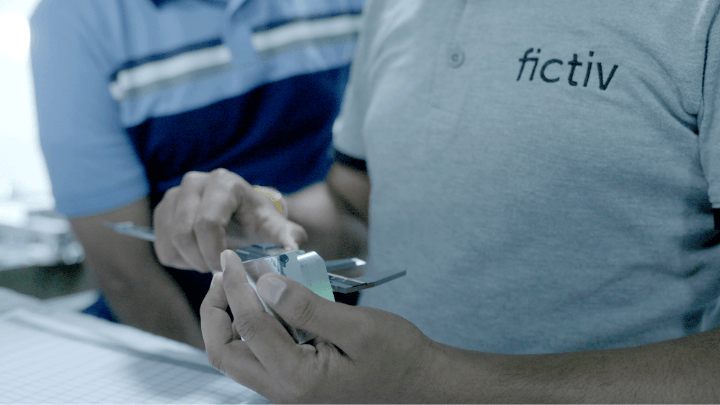Time to read: 5 min
In the summer of 2010, I traveled to Huntsville, Alabama, to attend a festival at a community workshop called Makers Local 256. A rag-tag group of engineers, artists, hackers, and community leaders from across the country—we all came as representatives from some of the earliest hackerspaces and makerspaces in the U.S., excited to talk about the state of technology, education, and our deep rooted love of open source.
In the muggy Southern heat, eating deep fried Oreos next to a (rather combustible) homemade high-altitude balloon, none of us realized that we were at the cusp of a movement.
What we were inevitably a part of was what is now known as the maker movement, a term coined by Dale Dougherty of Make Magazine: a subculture of engineers, artists, and tinkerers that is fundamentally changing the way we learn, create, and consume. With roots in hacker culture and computer clubs, as much as burner culture and artist collectives, Makers at their core believe in transparency and open source, and share their explorations and learnings widely both on and offline.
In the past few years, I’ve seen more and more makers are permeating the business world. Already, makers are transforming from a subculture to an engine of innovation and creativity, collectively and individually creating new disciplines, new technologies, and even spawning new industries.
However, even as the access to knowledge has increased, the path from maker to entrepreneur is still rife with challenges. Enabling makers with the tools to build better businesses is integral to the sustained success of the maker movement and its ability to move the needle on a global economic scale. To better serve that growth, we need new taxonomies within the maker movement, that ultimately represent steps in a new process of innovation.
States of Making

1. Creators
Creators are the heart of the maker movement, giving rise to the infectious and voracious love of learning that is the hallmark of the community. Interested in the inner workings of the world around them, they dissect objects and infrastructures to find novel new applications of existing technology.
For creators, learning is synonymous with doing, and in their pursuit of knowledge, they build projects. Through creating and then sharing their projects with a wider community, they unwittingly create a culture of playfulness and acceptance of failure as part of the creative process. Creators are largely disinterested in creating objects of monetary value; rather, they are inspired by self-efficacy and optimistic about the base human ability to create.
By sharing their acquired knowledge, creators lower the barriers to entry to technology, whether through online tutorials and teaching classes or by opening hackerspaces, makerspaces, fab labs, or forming other similar community organizations. This is the broad base of knowledge and culture that activates each of the other states.

2. Builders
Builders are the first to tie the threads between culture and enterprise together. Builders are entrepreneurs in their own right, turning projects into products. In the process of project to product, they create morevalue. Builders inherently create products that solve a problem, both for themselves and others.
Builders often address niche interests, producing in small runs, artisanal batches, or bespoke orders. Those who stay in the builder state ultimately develop small businesses capable of supporting them and their endeavors.
For example, TV-B-Gone, a universal remote control that shines light at a TV to turn it on or off, was created by inventor Mitch Altman and is sold online by Altman’s small business, Cornfield Electronics. Drawdio, a circuit that lets users turn household objects into musical instruments, is based on work by Jay Silver in the Lifelong Kindergarten group at the MIT Media Lab and sold online.
3. Producers
Producers are creating more than products; they’re building companies with widespread adoption and brand awareness. With their mass market appeal, they become amplifiers and pillars of the maker movement. littleBits, creators of small electronic building blocks, is a leader of the Open Hardware movement. 3D Robotics grew out of an open robotics community to produce the world’s first smart drone.

At peak scale, many producers choose to give back to the community by partnering with other organizations in the ecosystem. Many large technology corporations, like Microsoft and Intel, have put significant resources into boosting builders’ and other producers’ efforts through sponsorship, support, and other collaborations. Because producers become amplifiers for the community, their potential to sway economic development at a global scale is enormous.

Building Bridges to Innovation
There is a growing demand for bridges in the maker movement—people and organizations that are increasing access to entrepreneurship through new tools and services for both creators and builders. Bridges are responsible for building the knowledge (Make Magazine), tools (Arduino and Othermill), and services (us!) that make it easy to turn a project into a product, and then into a company.
Many bridges have introduced people to making. Companies like Arduino produce the physical parts to learn how to build hardware, while Sparkfun and Adafruit provide marketplaces to buy the necessary tools. Hackster and Instructables provide encouraging communities and tutorials for those tools.
But as more creators grow into builders, we need more bridges to support builders as they seek to become producers. With scale comes added complexity, meaning that software tools are most likely to move the needle. Where crowdfunding platforms like Kickstarter and Indiegogo have democratized access to capital for both creators and builders across industries, we’ll continue to see software platforms build a transparent roadmap from creator to builder, and beyond.
Everyone’s a Maker. Now What?
The maker movement is rapidly growing from a subculture to a global community that is fundamentally changing the way we learn new information, produce goods, and use the things we create. Makers literally and figuratively provide the building blocks of an exciting new way to address global challenges.
When the creators of new ideas, the builders of exciting products, and the producers of innovative companies can connect effectively, the impact will be impressive. And as the barriers to entry are getting ever lower, there’s no better time to become part of the movement and start building physical things.










